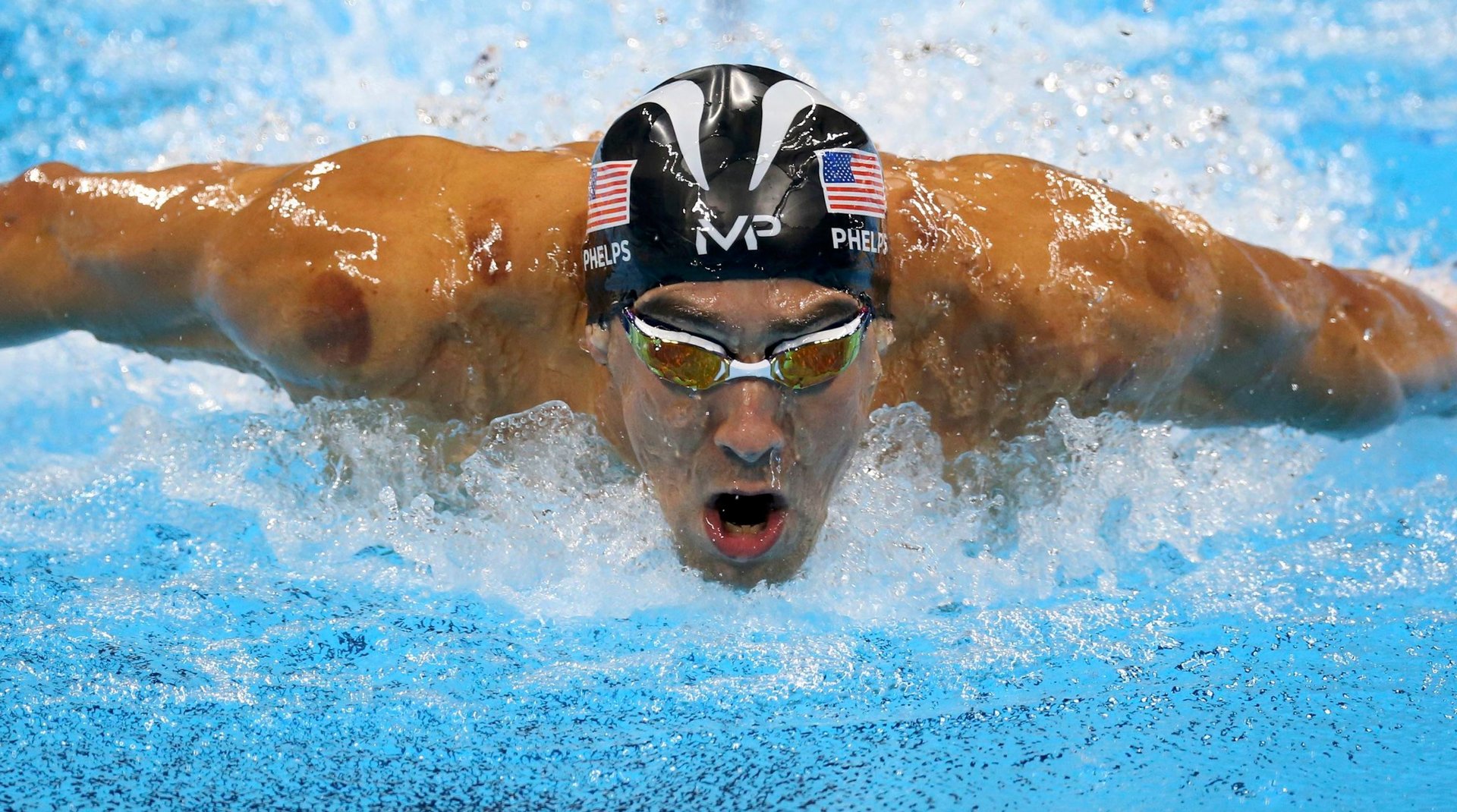Swimming should be America’s favorite sport
For approximately ten days every four years swimmers are given a global audience. US swimmers in particular tend to shine in the Olympics’ spotlight. This year alone, US swimmers garnered a whopping 16 gold medals, with 33 medals overall—to put that in perspective, Australia won the second-most gold medals, three, with a medal count of 10 overall. The indomitable Katie Ledecky. The barrier-breaking Simone Manuel. The history-making Michael Phelps. These are just a handful of American swimmers that helped the sport, along with women’s gymnastics, drive television ratings during the first week of this summer’s Olympic Games in Rio.


For approximately ten days every four years swimmers are given a global audience. US swimmers in particular tend to shine in the Olympics’ spotlight. This year alone, US swimmers garnered a whopping 16 gold medals, with 33 medals overall—to put that in perspective, Australia won the second-most gold medals, three, with a medal count of 10 overall. The indomitable Katie Ledecky. The barrier-breaking Simone Manuel. The history-making Michael Phelps. These are just a handful of American swimmers that helped the sport, along with women’s gymnastics, drive television ratings during the first week of this summer’s Olympic Games in Rio.
Yet the significance of swimming, both as an Olympic sport and as a source of national pride, seems at odds with the treatment of the sport in America. Outside the Olympics, swimming is almost never mentioned in the media, which reflects the more pointed fact that swimming is given far less institutional support than other sports, particularly at the collegiate level. This is particularly unfortunate given that Olympic glory aside, swimming is arguably one of the best sports for exercising both your mind and your body. So why don’t we treat it as such?
While colleges are spending more of their budgets on often high contact, male-driven sports like football, baseball, and basketball than ever before, non-revenue generating sports like swimming programs are receiving budgetary cuts, and, even worse, are being eliminated. Take the recent heartbreaking story of the US’s only all-black women’s college swim team at North Carolina A&T, which shuttered its program at the end of the 2015-2016 academic year. These types of difficult budget cuts have become increasingly more common ever since HBCUs integrated their campuses. (The Guardian story on A&T notes that now “Howard University will be the lone HBCU with a swim team, and its team roster is integrated.”)
But it’s not just HBCUs. The College of Charleston cut its swimming and diving teams in 2015; Clemson and the University of Maryland ended their respective swimming programs in 2012; and the University of Washington cut swimming in 2009. From 1993 through 2013, at least 35 colleges have terminated their swimming programs, according to an article by Natalie Schumann at Swim Swam. And, according to Yahoo Sports, that number may be even higher for men’s swim teams. No matter the college, the reason is always money. “Regardless of the high grade point averages reported by teams and the countless feel-good success stories of swimmers achieving their goals, swimming typically resides at the bottom of the totem pole that is collegiate athletics,” Schumann writes.
The message is clear: swimming just isn’t worth the financial investment. In the 21st century, when higher education has turned into a corporate conglomerate, colleges appear increasingly focused on returns, rather than on the true aims of higher education, which should be to help create civic-minded, intelligent, and confident citizens of the world.
This cultural and financial devaluation of swimming at the collegiate level has a trickle down effect as well. “When prominent schools like the University of Maryland or Clemson University decide to discontinue their swimming programs in favor of funding sports such as football or basketball,” Sarah Lloyd contends in a piece at Swimming World Magazine, “they are not only telling swimmers everywhere that swimming as a sport doesn’t matter as much as others, they also decidedly cut the positive influence of swimming locally. The number of swimmers shrinks, clubs go under, pools go unused, college swimmers lose an opportunity to coach in their hometowns, and fewer swimming lessons are given. The link between colleges and clubs is fragile and so, so important to the future of this sport.”
The list of potential benefits from swimming is long and varied, from enhanced cardiovascular health without placing undo strain on joints, to, according to the US Centers for Disease Control, “decreas[ing] depression and improv[ing] mood. A 2016 study out of the University of Toronto reported that swimming is better for alleviating pain from osteoarthritis than OTC pain medications. A 2008 study out of the University of South Carolina, culled from 32 years of research, concluded that swimmers “have the lowest death rate” and have a “50 percent lower death rate than runners, walkers, or men who got no exercise.”
Swimming lap upon lap also allows individuals to develop a sense of mindfulness, and, correlatively, intelligence. One study from the Griffith Institute for Educational Research even suggested that “children who learn how to swim at a young age are reaching many developmental milestones earlier than the norm.”
It’s particularly revealing to consider the fact that America places more value on sports that cause physical harm and longterm cognitive damage than on a sport that actually keeps people alive, in more ways than one. Situated within a larger societal context, placing more emphasis on swimming—a gender equitable, non-contact, a sport that does not foster or show any major correlation with violence against women—is just what this country needs right now.